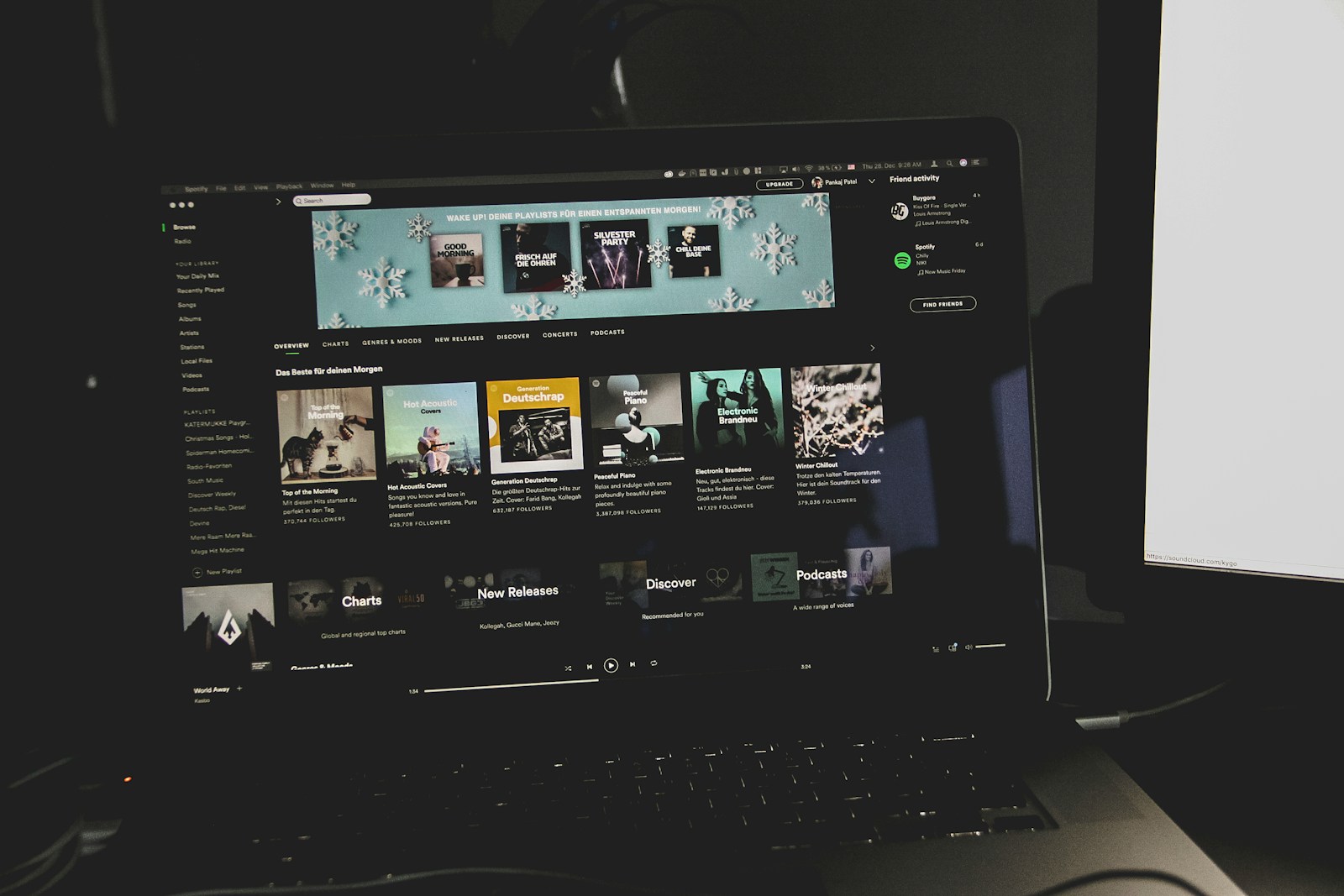OTT and Digital Media Regulation in India: Legal Challenges under the IT Rules Framework

India’s media and entertainment industry has undergone a seismic shift. OTT platforms namely Netflix, Amazon Prime Video, Disney+ Hotstar, JioCinema and others are no longer niche but mainstream. Alongside, digital news publishers, influencers, and independent creators have created a vast new content economy. With this evolution, legal frameworks once designed for broadcasting and cinema no longer suffice.
The government’s response has been the Information Technology (Intermediary Guidelines and Digital Media Ethics Code) Rules, 2021 (the “IT Rules”), creating for the first time a structured compliance framework for digital publishers and OTT platforms. The Rules establish a three-tier oversight mechanism, strict takedown obligations, and liability for non-compliance.
Table of Contents
The Three-Tier Oversight Framework
The IT Rules mark a departure from broadcast-style licensing towards a co-regulatory model.
Level I: Publisher Self-Regulation: OTT platforms must appoint a Chief Compliance Officer, a Nodal Contact Person, and a Resident Grievance Officer, all based in India. Content must carry age classifications (U, 7+, 13+, 16+, A), descriptors (“violence,” “drug use”), and parental controls. This has forced platforms to redesign release workflows and maintain dedicated compliance cells.
Level II: Industry Self-Regulation: Escalated grievances go to self-regulatory bodies (SRBs) headed by a retired judge or eminent person. SRBs can recommend content modification or takedown. In practice, SRBs face credibility challenges, balancing consumer sensitivity, political pressure, and industry interests.
Level III: Government Oversight: At the apex, the Ministry of Information & Broadcasting (MIB) oversees an inter-departmental committee empowered to recommend blocking content under Section 69A of the IT Act. While not pre-censorship, critics fear it creates a pathway for indirect state control.
This layered model aims to balance autonomy and accountability but often results in overlap and regulatory uncertainty.
Content Takedowns and Safe Harbour
The most contentious aspect is liability for hosted content.
Notice and Takedown: Platforms must respond to grievances or government orders within short deadlines (15 days, or less in emergencies). Failure risks losing safe harbour protection under Section 79 IT Act, which ordinarily shields intermediaries. OTTs, however, are treated more as publishers since they commission and curate content, raising liability risk.
Dynamic Injunctions: Courts increasingly require “stay-down obligations” preventing reappearance of blocked content through mirror links or future uploads. This forces platforms to invest in watermarking, hash-matching, and proactive scanning.
Hybrid Platforms: Services that both commission content and host user uploads (e.g., YouTube Premium) face dual compliance burdens, blurring publisher and intermediary roles.
Compliance Challenges
Subjectivity of Standards: Broad terms like “decency,” “morality,” or “public order” are undefined. What offends one audience may be acceptable to another, leaving platforms exposed to complaint-driven compliance.
Speed vs. Free Speech: With 15-day deadlines, platforms often over-block content to avoid liability. This “better safe than sorry” approach chills creativity and risks reducing India’s OTT industry to the lowest common denominator.
Disproportionate Burden: Global giants can absorb compliance costs. Regional and niche OTTs, however, find it onerous to maintain legal teams, grievance officers, and monitoring technology—raising concerns about barriers to market entry.
Judicial Developments
Courts are shaping the boundaries of OTT regulation:
- Constitutional Challenges: High Courts have upheld the IT Rules broadly but stressed that they must not devolve into advance censorship. OTT content is subject to redressal, not prior restraint.
- Piracy Injunctions: Delhi and Bombay High Courts routinely grant “rogue site” blocking orders during film releases and sports events like the IPL. These dynamic injunctions impose proactive monitoring duties on platforms and ISPs.
- Personality Rights Cases: Courts have granted injunctions in favour of celebrities like Aishwarya Rai Bachchan and Asha Bhosle, ordering takedown of deepfakes and unauthorised use of their voices or images. OTTs may be drawn into such disputes even without direct involvement in content creation.
Together, these rulings reinforce that platforms cannot remain passive distributors—they must anticipate liability and act pre-emptively.
Practical Steps for Platforms
For compliance and risk mitigation, OTTs must adopt a multi-layered strategy:
- Governance: Establish 24/7 grievance handling cells with escalation protocols and legal oversight.
- Content Labelling: Integrate classification reviews from script to release. This prevents last-minute disputes and ensures consistent ratings.
- Contracts: Acquisition and co-production agreements should include indemnities, compliance warranties, and rapid takedown obligations.
- Litigation Readiness: Maintain templates for responses, playbooks for injunctions, and standby counsel for emergency orders.
- Technology: Deploy AI-based scanning, watermarking, and monitoring systems to demonstrate “good faith compliance” in court.
For smaller platforms, pooling compliance resources through industry alliances may be the only sustainable option.
Future Outlook
Regulation is expected to deepen:
- Political and News Scrutiny: Digital publishers face increasing oversight, especially around election cycles.
- Integration with Data Protection: The Digital Personal Data Protection Act, 2023 will impose stricter consent, cross-border transfer, and marketing restrictions on OTTs.
- Government Audits: The MIB may move from reactive oversight to proactive auditing of compliance systems.
- Judicial Expansion: Courts will likely continue extending personality rights and issuing dynamic injunctions, making litigation a permanent feature of OTT operations.
- The Indian model is increasingly seen as a test case for balancing freedom, accountability, and innovation in digital media law.
Conclusion
OTT regulation in India is no longer a grey area; it is a defined but evolving compliance landscape. The three-tier system gives platforms flexibility but also creates heightened obligations and liability risks. Investors, promoters, and platforms must now treat legal compliance as a core business priority, not a back-office function.
Ultimately, the framework’s success depends on whether it can protect consumers without stifling creative freedom. For now, the safest course for platforms is proactive compliance, strong governance, and readiness for litigation
By entering the email address you agree to our Privacy Policy.